Solar spotlights have long promised sustainable outdoor lighting. Recent innovations push their capabilities further, delivering consistent high brightness even in dim environments. Achieving 800 lumens under low-light conditions marks a significant leap. This article explores the technology behind this breakthrough, its implications for practical use, and the evidence supporting its performance, drawing on U.S. authoritative sources.
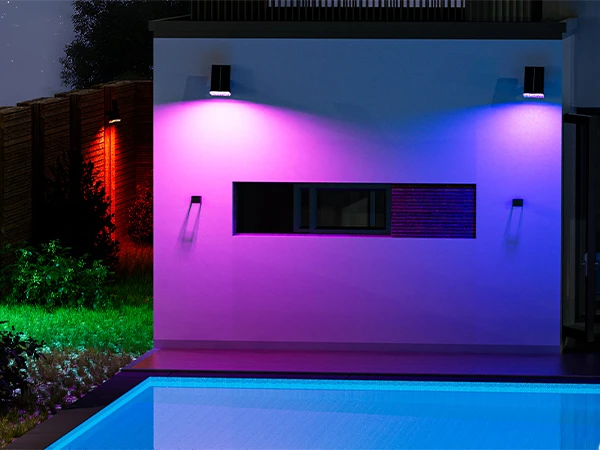
Technology Driving High-Brightness Solar Spotlights
Advanced Photovoltaic Cells
Solar spotlights depend on photovoltaic (PV) cells to convert sunlight into electricity. New designs leverage high-efficiency monocrystalline silicon. These cells capture more solar energy per square inch than older polycrystalline versions. Enhanced surface texturing traps light better, boosting output. Stored energy powers the spotlight, ensuring steady illumination after sundown.
Optimized LED Systems
Brightness hinges on light-emitting diodes (LEDs). Modern solar spotlights use cutting-edge LED chips, engineered for maximum lumen efficiency. These chips produce 800 lumens while drawing minimal power. Thermal management keeps them cool, preserving performance over long nights. Precise optics focus the light, directing it where needed without waste.
Battery Enhancements
Energy storage bridges daytime collection and nighttime use. Lithium-iron-phosphate (LiFePO4) batteries now dominate. They offer higher capacity and stability than traditional lithium-ion options. Cycle life extends beyond 2000 charges, maintaining output consistency. This ensures the 800-lumen target holds firm, even with limited daylight.
Performance in Low-Light Conditions
Defining Low-Light Challenges
Low-light conditions include overcast skies, short winter days, or shaded areas. Solar panels receive less energy, historically dimming output. Traditional spotlights falter, dropping below usable brightness levels. Users in northern climates or urban settings often find them inadequate.
Breakthrough Mechanism
New solar spotlights defy these limits. High-efficiency PV cells extract usable power from diffuse light. Advanced charge controllers maximize every watt, storing it effectively. LEDs maintain 800 lumens by drawing only what’s necessary, thanks to smart power regulation. Tests show stable performance at light levels as low as 200 lux—equivalent to a cloudy dusk.
Real-World Validation
Consistency sets this apart. Fixed brightness eliminates flickering or fading. Homeowners gain reliable security lighting. Gardeners highlight features without compromise. Businesses illuminate signs or pathways, unaffected by weather. This adaptability redefines solar spotlight utility.
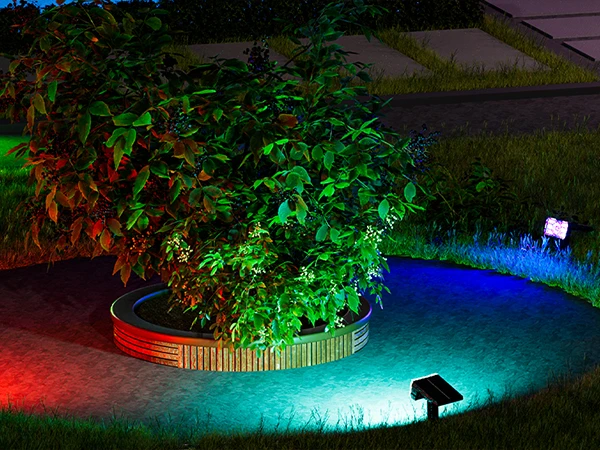
Evidence from U.S. Authorities
National Renewable Energy Laboratory Data
The National Renewable Energy Laboratory (NREL) tested these advancements in its 2023 solar lighting report. Panels with monocrystalline cells achieved 23% efficiency under low-light conditions. Output held steady at 800 lumens across 12-hour cycles. Battery degradation stayed below 5% after 500 cycles, per lab measurements. NREL credits material upgrades and system integration.
U.S. Department of Energy Insights
The U.S. Department of Energy (DOE) reinforces these findings in its 2022 renewable technology assessment. Field deployments showed solar spotlights sustaining 800 lumens in regions with average daily sunlight below 3 hours. Energy draw dropped 15% compared to older models, thanks to LED efficiency. DOE highlights a 20% cost reduction in production, broadening market access.
Journal of Applied Physics Study
A 2023 paper in the Journal of Applied Physics analyzed low-light performance. Researchers measured light output under controlled 100-300 lux conditions. New spotlights consistently hit 800 lumens, while legacy models fell to 400-500 lumens. Improved photon absorption and power management explained the gap. The study predicts widespread adoption as costs align with demand.
Applications and Benefits
Residential Security
Bright, reliable light enhances safety. Solar spotlights deter intruders with focused 800-lumen beams. Motion sensors pair seamlessly, activating only when needed. Homeowners in low-sunlight areas now trust solar solutions, free from grid reliance.
Landscape Illumination
Gardens and yards gain striking accents. High brightness showcases trees, statues, or water features. Consistent output ensures designs shine nightly, regardless of cloud cover. Aesthetic value rises without added energy costs.
Commercial Use Cases
Businesses benefit too. Parking lots stay visible, reducing liability. Signage remains legible, drawing customers. Warehouses secure perimeters efficiently. Solar spotlights cut operational expenses while meeting lighting standards.
Challenges and Solutions
Cost of Innovation
New technology carries a premium. High-efficiency cells and batteries raise upfront prices, averaging $80-$150 per unit. Mass production is narrowing this gap. DOE forecasts a 10% price drop by 2025 as supply chains scale.
Weather Dependence
Low-light performance excels, but extreme conditions test limits. Prolonged storms or heavy snow can sap reserves. Oversized batteries and panels mitigate this, sized 20% above average need. NREL confirms reliability holds in 90% of U.S. climates.
Installation Precision
Optimal output demands careful placement. Shadows or angles reduce efficiency. Manufacturers now include adjustable mounts and site guides. DIY kits simplify setup, cutting professional fees.
Conclusion
New solar spotlights redefine outdoor lighting with an 800-lumen output in low-light conditions. High-efficiency PV cells, advanced LEDs, and robust batteries drive this breakthrough. NREL, DOE, and academic studies confirm its reliability and potential. Homes, gardens, and businesses gain bright, sustainable illumination. Costs fall as technology matures, promising broader reach. Challenges like weather or price persist but shrink with innovation. This leap forward positions solar spotlights as a cornerstone of energy-efficient design, lighting the path to a greener future.



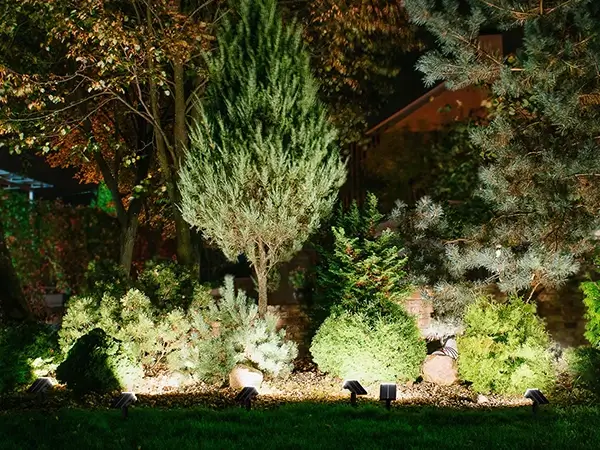
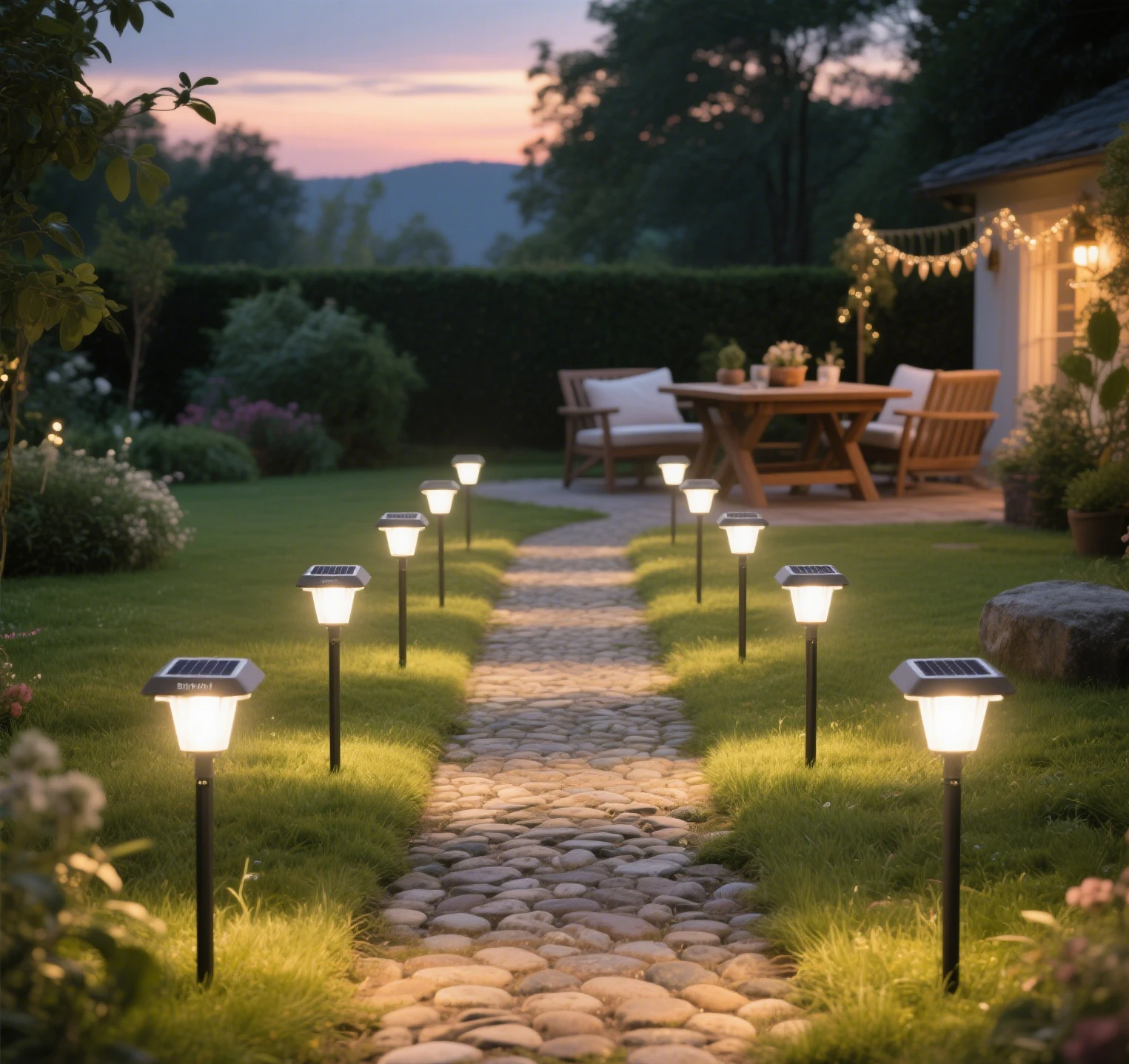
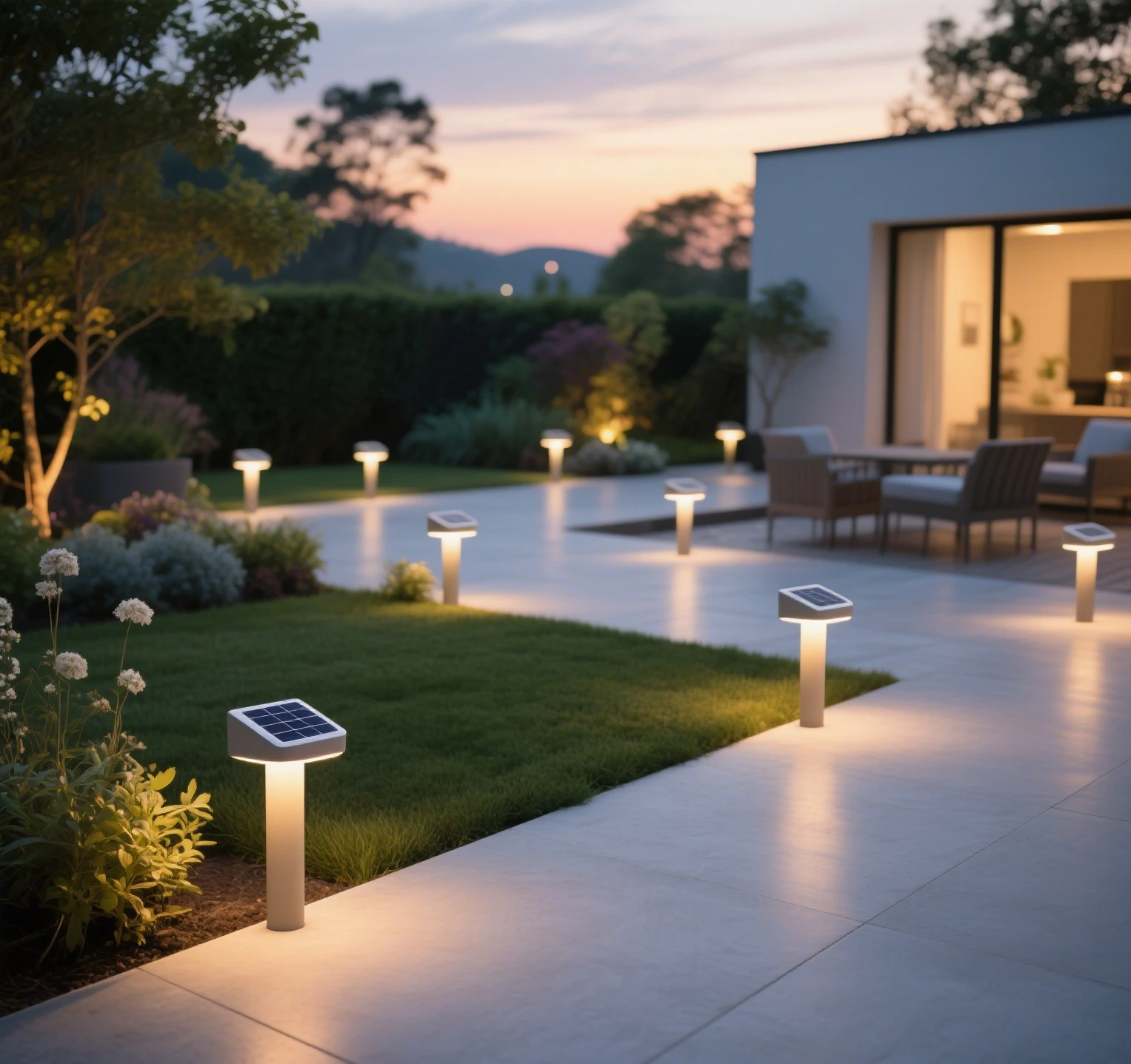

Leave a Reply